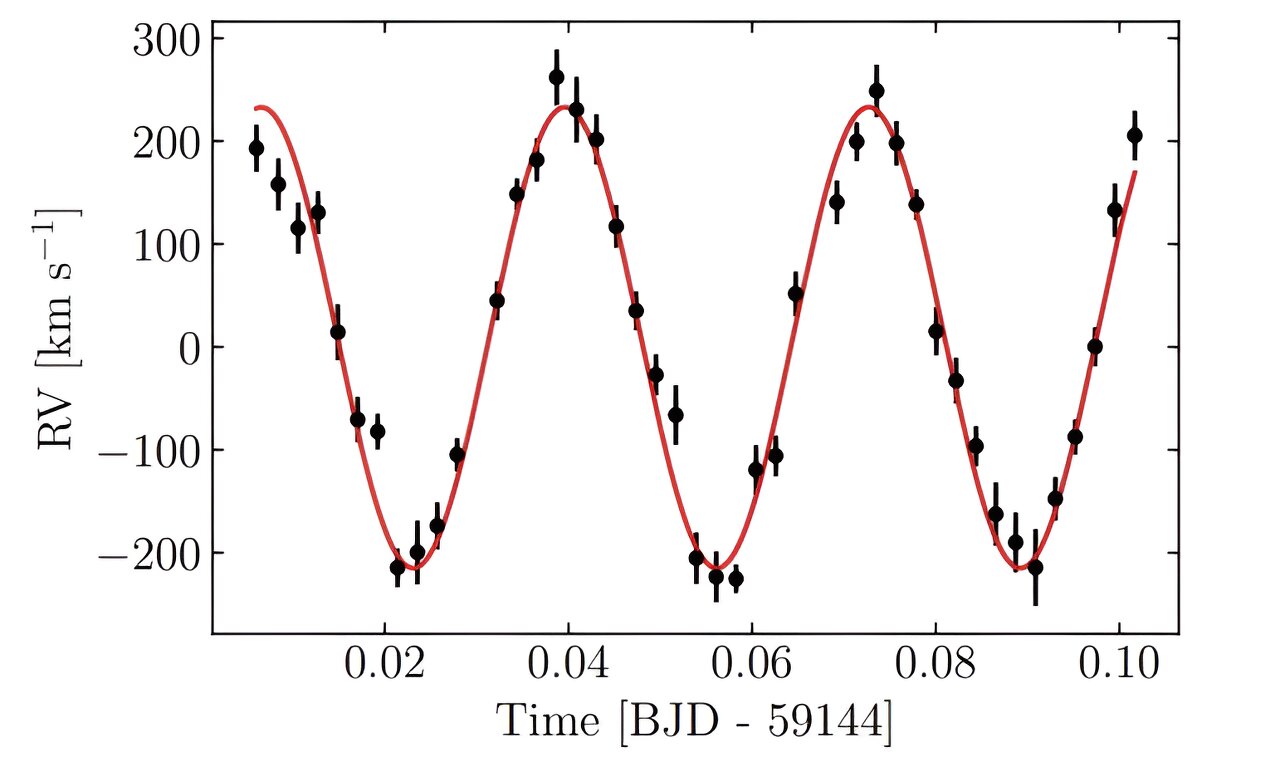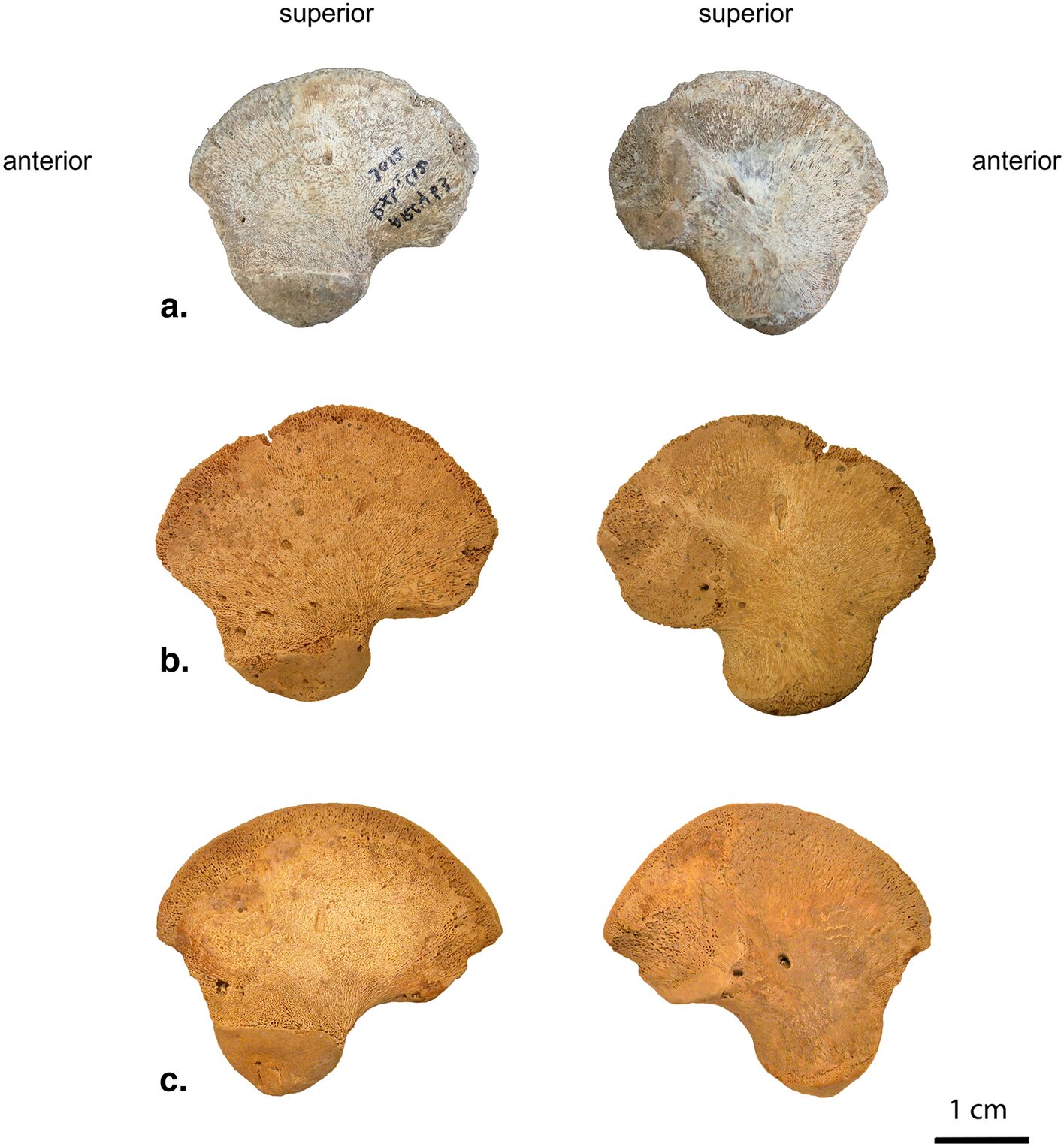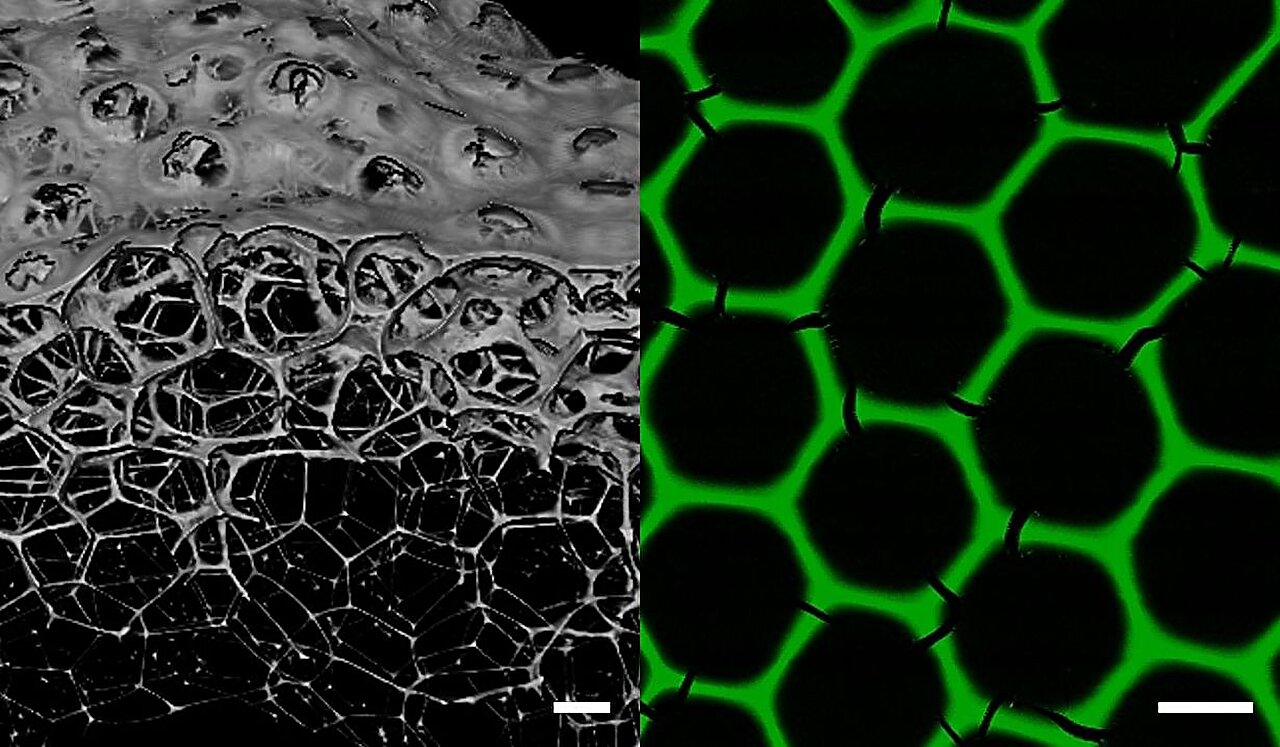An incredible discovery has been made by an international team of astronomers. They have observed a distant white dwarf called WDJ 022558.21−692025.38 and found that it is actually an eclipsing double white dwarf binary system. This groundbreaking finding was reported in a paper published on July 31 on the preprint server arXiv.
White dwarfs (WDs) are the remnants of stars after they have exhausted their nuclear fuel. These stellar cores have incredibly high gravity and are known to have atmospheres of either pure hydrogen or pure helium. However, some white dwarfs show traces of heavier elements, which makes them even more intriguing.
Astronomers are particularly interested in studying double white dwarfs (DWDs) because their mergers are believed to create new white dwarfs with higher masses. It is thought that some high-mass white dwarfs in our solar neighborhood could be the result of DWD mergers. However, despite estimates suggesting that there are hundreds of millions of DWDs in our galaxy, only a small fraction of them have been detected so far.
Now, a team of astronomers led by James Munday from the University of Warwick, U.K., has made another exciting discovery. They have detected a new DWD called WDJ 022558.21−692025.38 (or J0225−6920 for short). Initially, it was identified as a single white dwarf, but further analysis using data from NASA’s Transiting Exoplanet Survey Satellite revealed that it is actually a binary system. To investigate this further, the team obtained time-series spectroscopy and high-speed multi-band photometry from various ground-based observatories.
“We have discovered that J0225−6920 is an eclipsing DWD binary with an orbital period of 47.19 minutes,” the researchers wrote in their paper.
The observational campaign revealed that J0225−6920 consists of a DA white dwarf with a mass of approximately 0.4 solar masses and a companion white dwarf, likely of the DA type, with a mass of around 0.28 solar masses. The radii of these two white dwarfs were measured to be 0.029 and 0.024 solar radii, respectively.
The primary white dwarf in J0225−6920 has an effective temperature of about 25,500 K, while the secondary component is estimated to be 11,000 K colder. The astronomers believe that both objects in the system are helium-core white dwarfs, with the primary white dwarf having a pure hydrogen surface composition. The distance to the system was measured to be approximately 1,312 light years.
Based on the data collected, the researchers predict that J0225−6920 will merge into a single white dwarf within 41 million years. They also suggest that the binary will likely undergo a hot subdwarf phase, during which helium is burnt to form a carbon-oxygen core.
“Its orbital decay will be measurable photometrically within 10 years to a precision of better than 1%. The fate of the binary is to merge in approximately 41 million years, likely forming a single, more massive white dwarf,” the researchers concluded.








